
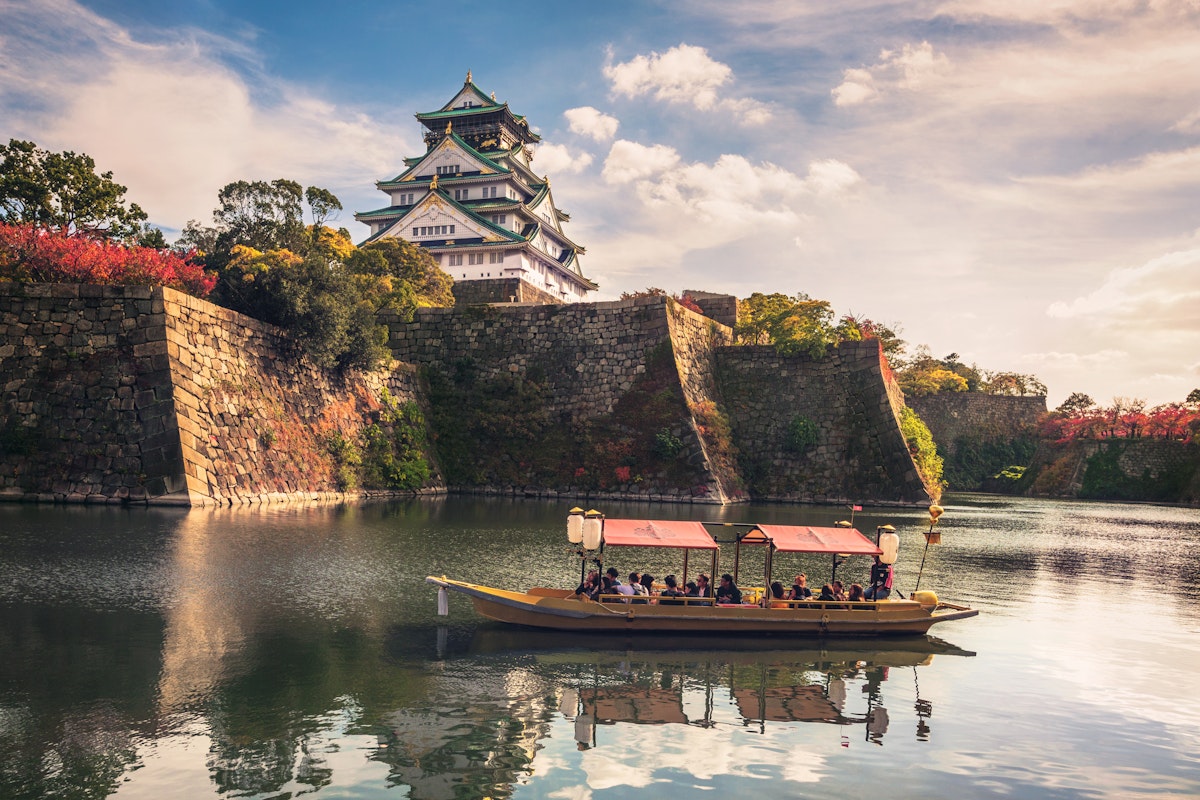
Osaka, Japan, seamlessly blends modern urban energy with rich history and cultural traditions. Known for its lively atmosphere, mouth-watering street food, and iconic landmarks like Osaka Castle, it attracts travelers year-round.
However, choosing the best time to visit Osaka can significantly enhance your experience, as the weather, local festivals, and activities vary month by month. This guide will provide a comprehensive breakdown of the best time to visit Osaka, Japan, with details on the city's weather patterns and activities to enjoy each season.
From the enchanting cherry blossom season in spring to the colorful autumn leaves in fall, we'll explore how the time of year affects everything from crowds to sightseeing opportunities.
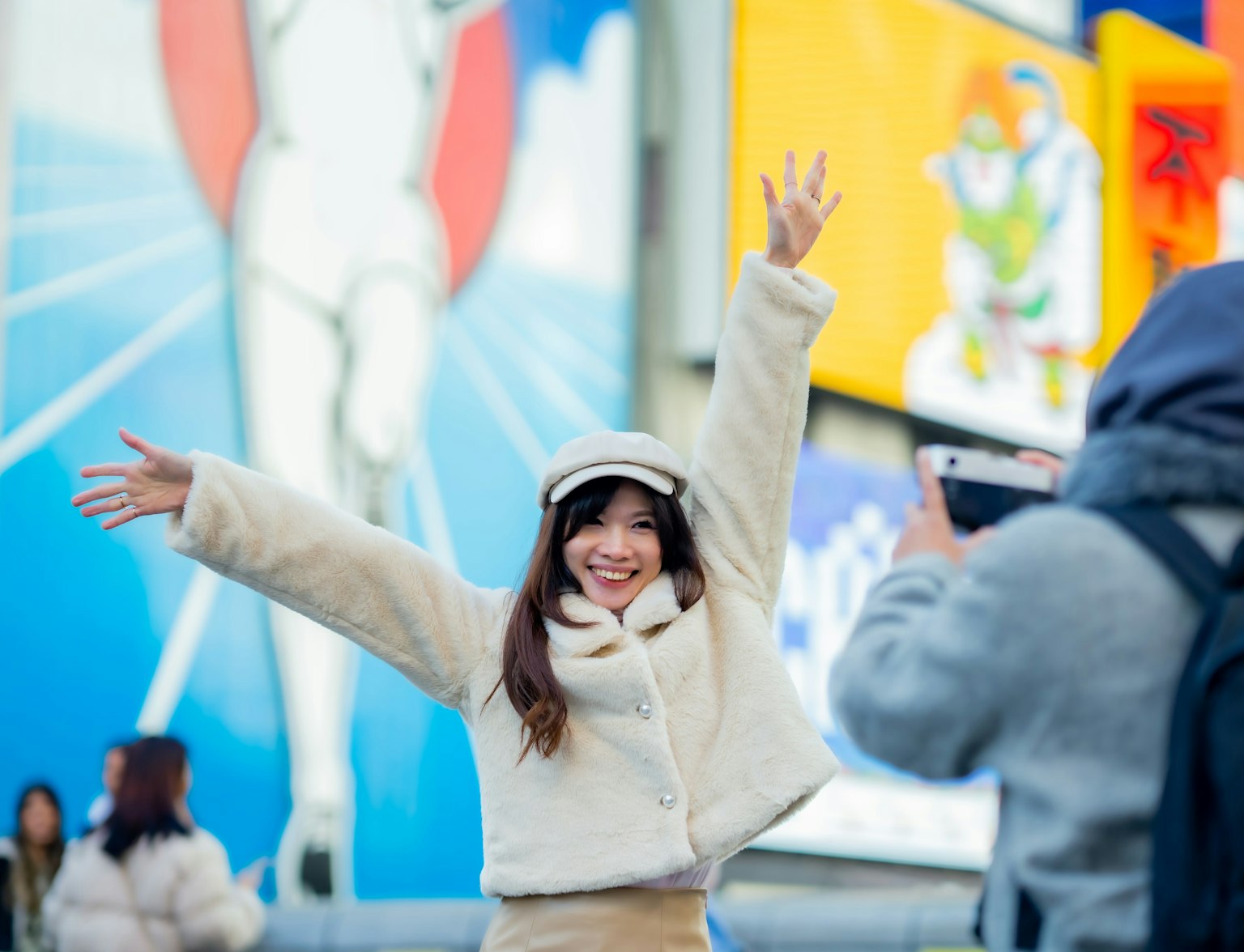
Dive into the heart of Osaka with us on a fun and easy-going half-day walk!
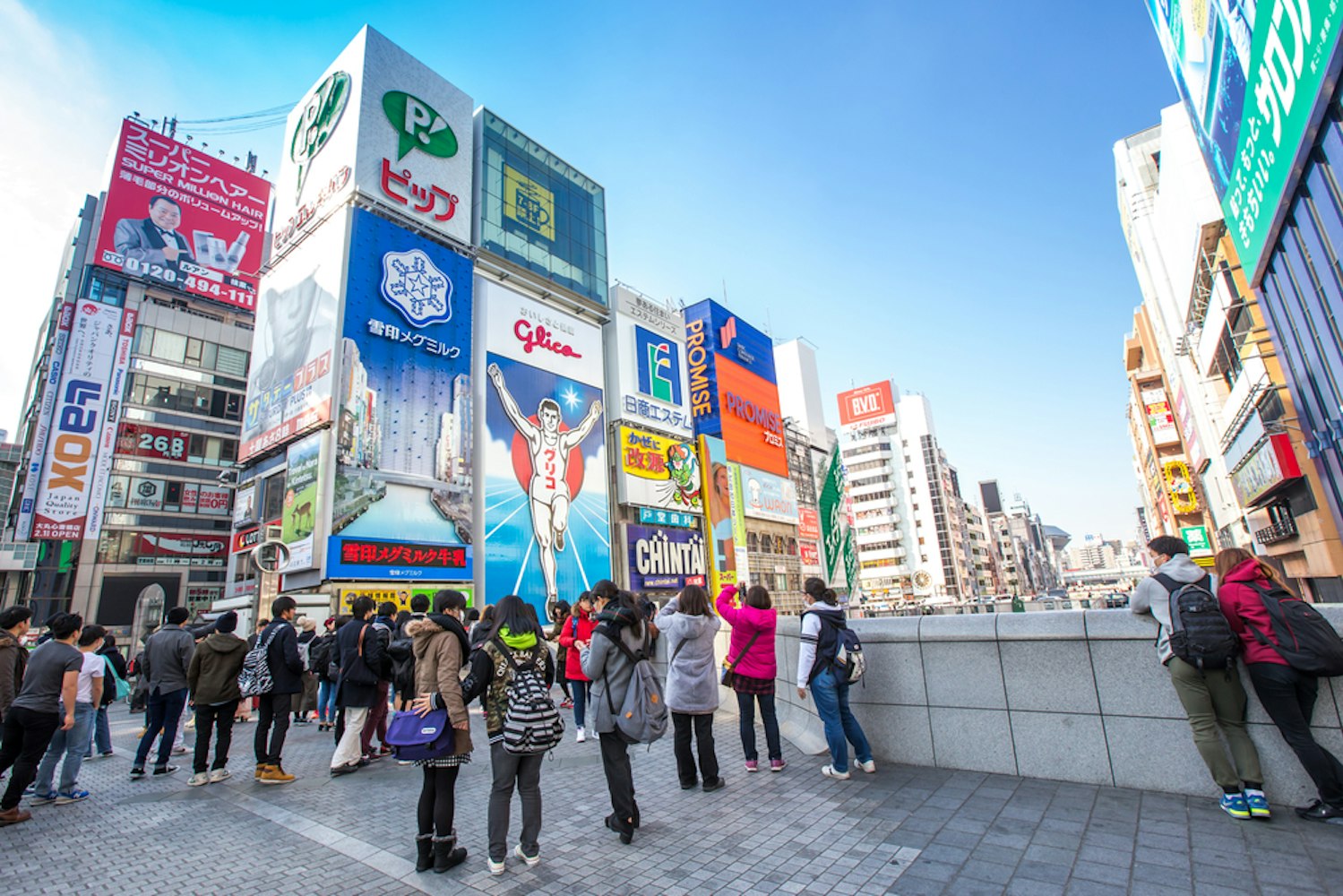
January is in the heart of winter in Osaka, with the lowest temperatures of the year. On average, the weather hovers around 5°C (41°F), so pack warm clothes and perhaps a thick coat for the chilly evenings.
Although it's the off-season, the city has a special allure during New Year's Eve, when people gather at temples for traditional celebrations. It is a great time to explore business hotels, which often offer lower rates due to fewer tourists.
January also features the famous Osaka Auto Messe, an auto show car enthusiasts will use.
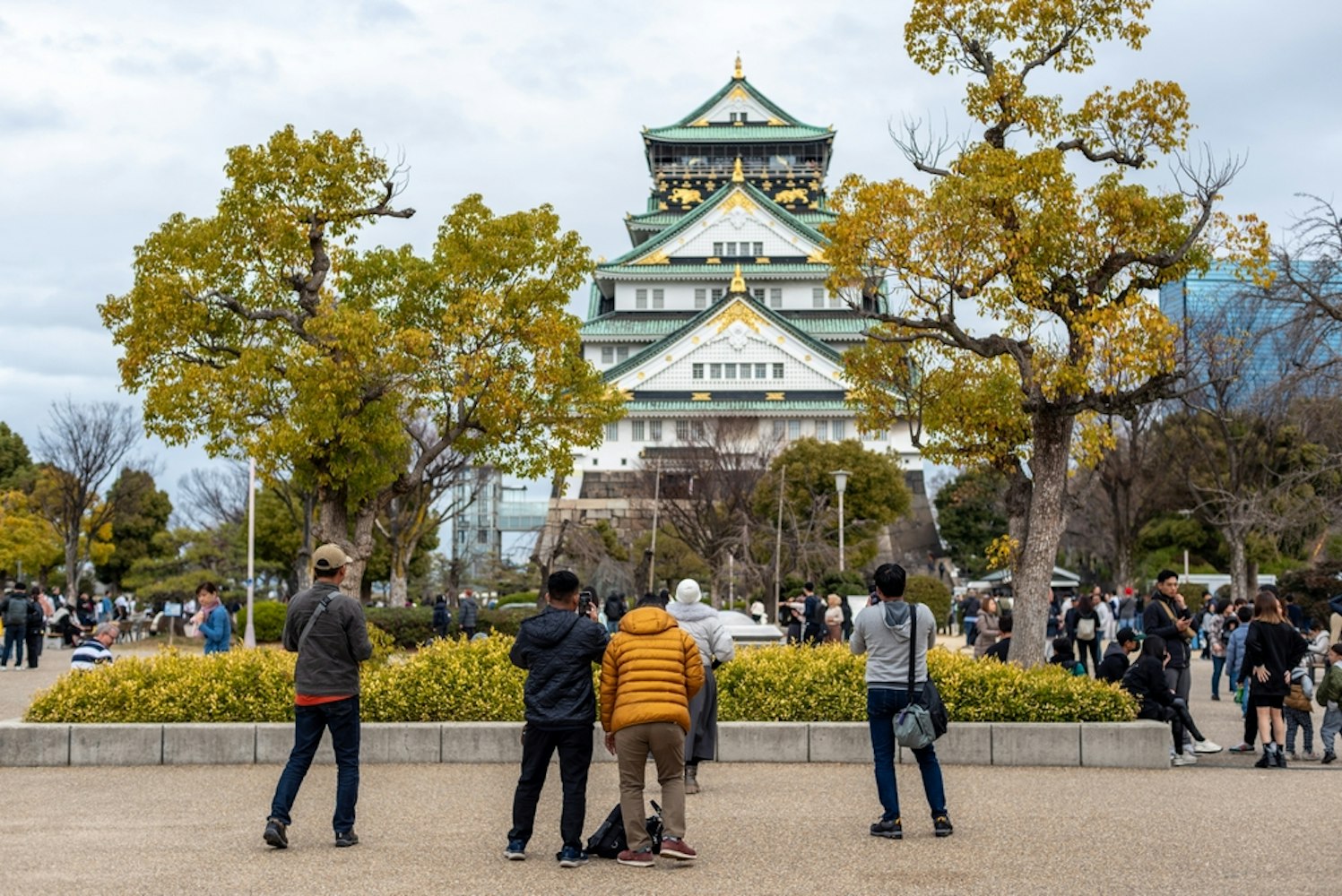
February remains part of the winter season, but it's slightly warmer than January, with temperatures ranging from 5°C to 10°C (41°F to 50°F). Fewer tourists visit Osaka now, making it an excellent period to explore popular destinations like Namba Station and Osaka Castle without the crowds.
Street food stalls in areas like Dotonbori are still buzzing, so it's an excellent opportunity to sample Osaka's culinary delights. Although this is not the peak season, the city's calmness offers a different perspective for a quiet getaway.
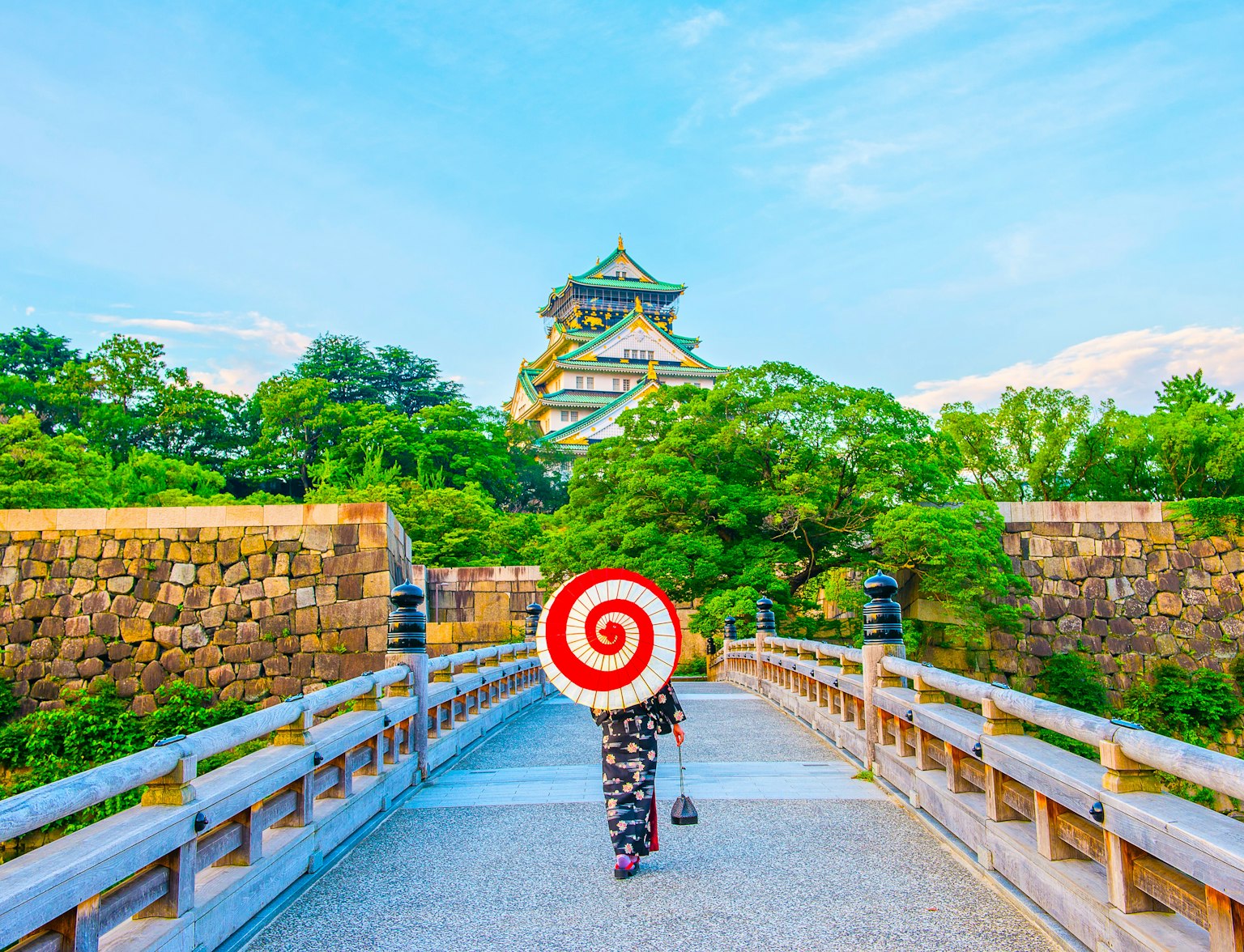
Discover one of the most important sites in Japanese history on this full-day private guided tour!
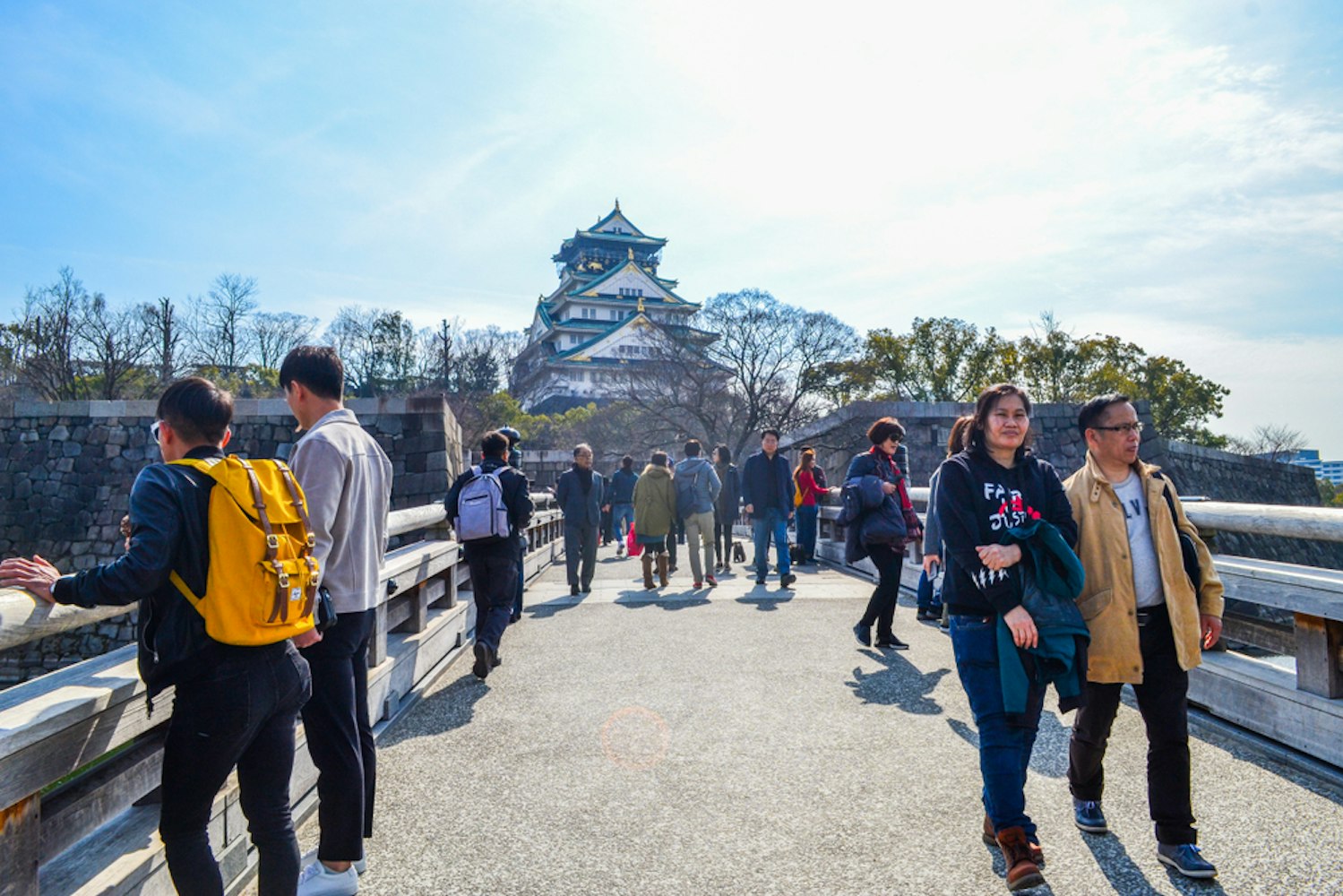
By late March, the weather in Osaka starts to warm up, with average temperatures climbing to around 13°C (55°F). It is when the city slowly begins to wake up from its winter lull.
If you're lucky, you might catch the beginning of the cherry blossom season, though the full bloom usually happens in early April. The first weeks of spring are also ideal for visiting temples and parks such as the Osaka Mint Bureau, which offers a beautiful cherry blossom viewing experience.
March is part of the shoulder season, so you'll find fewer crowds and more affordable accommodations.

April is the best time to visit Osaka. By early April, the cherry blossoms are in full bloom, and the city is vibrant, with locals and tourists enjoying the blossoms in parks and along riverbanks.
The weather is mild, with sunny skies and average temperatures around 17°C (63°F). Be sure to visit Osaka Castle, which is incredibly stunning and surrounded by pink cherry blossoms.
Cherry blossom viewing (known as hanami) is a cultural experience you will want to experience. April also marks the start of the Golden Week holiday towards the end of the month, when many Japanese people take vacations.
While this leads to larger crowds, the festive atmosphere is part of the appeal.
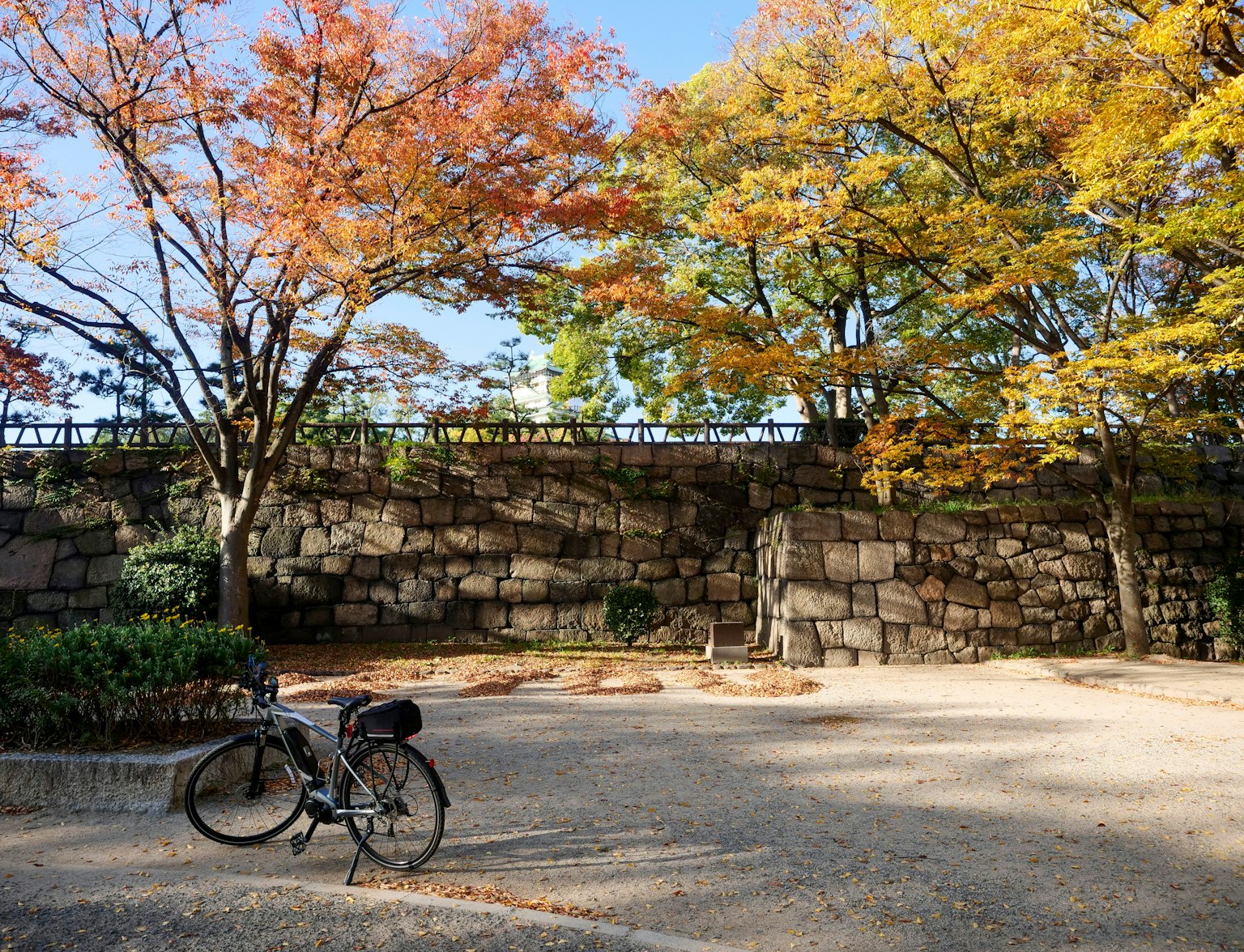
Join us on a delightful 4-hour bicycle tour around the iconic Osaka Castle neighborhood.
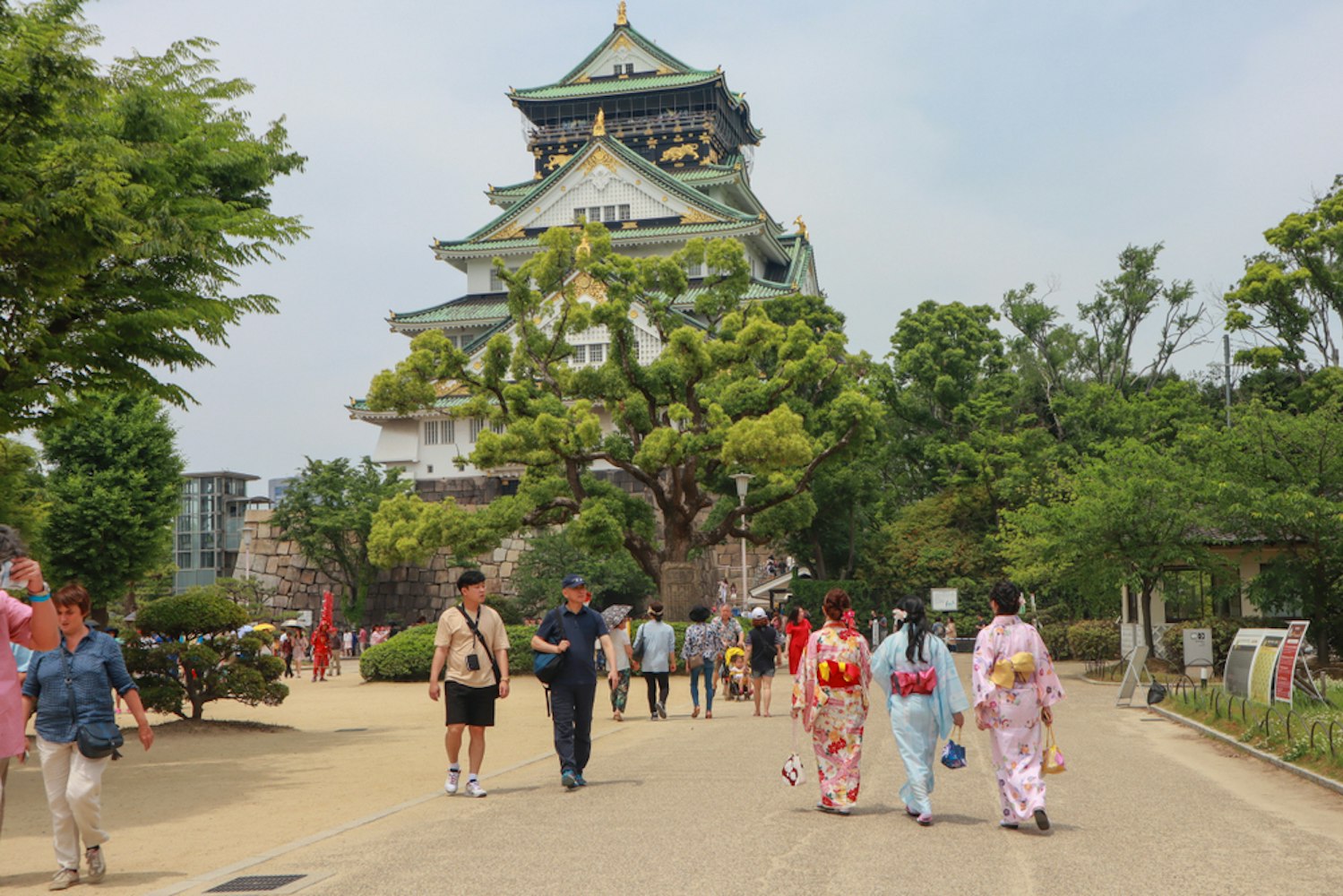
May continues to see pleasant weather, with temperatures averaging between 18°C and 24°C (64°F to 75°F). It is still an excellent time to visit Osaka, as the city's parks and gardens remain lush and green.
It's also a good month for those who want to avoid the rainy season, which begins in June. While Golden Week crowds can linger into the first week of May, the remainder offers a quieter experience.

June marks the beginning of Osaka's rainy season. Mid-June often sees afternoon showers, and the weather turns humid and wet.
Despite the rain, it's not all doom and gloom — you'll find fewer tourists, and indoor activities like museums and aquariums are perfect for this time. Temperatures range from 21°C to 27°C (70°F to 81°F), so while you'll need a light jacket, it's warm enough for comfortable sightseeing.
Late June can also offer clear days between rainy periods, making it a reasonable time to visit if you're willing to plan around the weather.
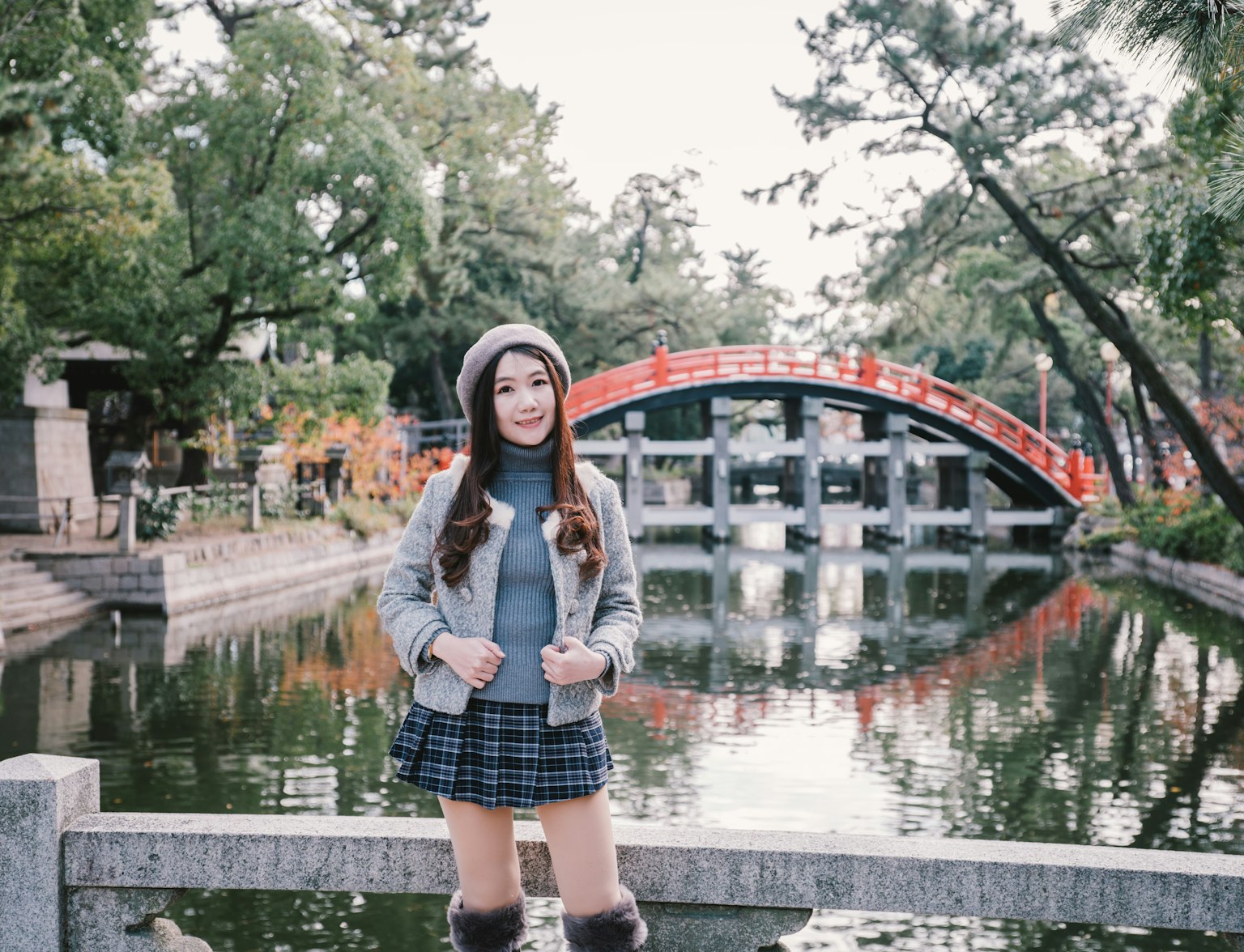
Experience the magic of Osaka with your own private guided tour!
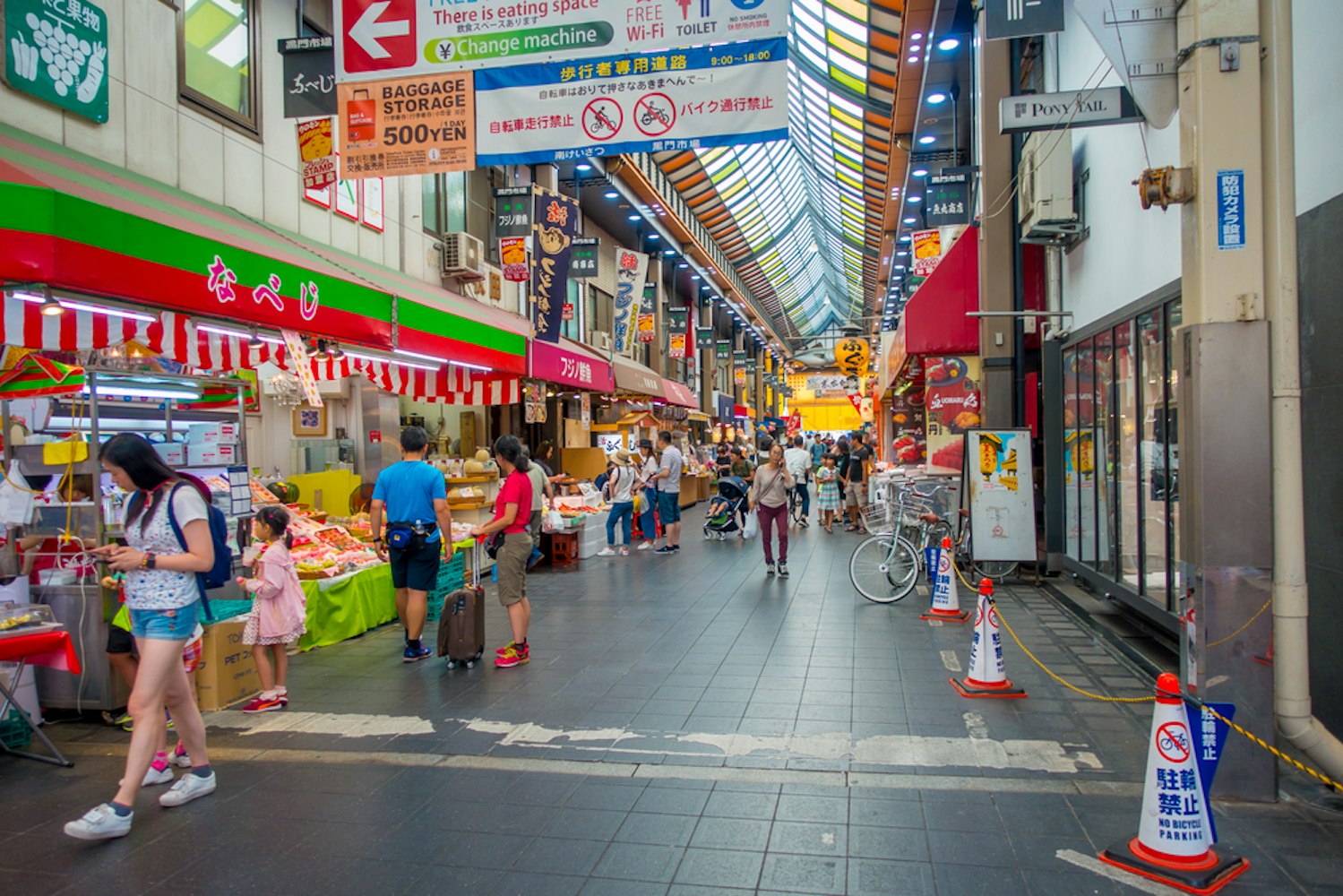
July is hot and humid, with temperatures rising as high as 31°C (88°F). The weather can be stifling, but it's also a festival month.
Early July sees the Aizen Festival, one of Osaka's most significant summer events, and late July marks the Tenjin Matsuri, another spectacular festival with parades, boats, and fireworks. Although it's the rainiest month, early July can be enjoyable with proper preparation.
This month is an excellent time to experience the city's indoor attractions and sample more of Osaka's famous street food.
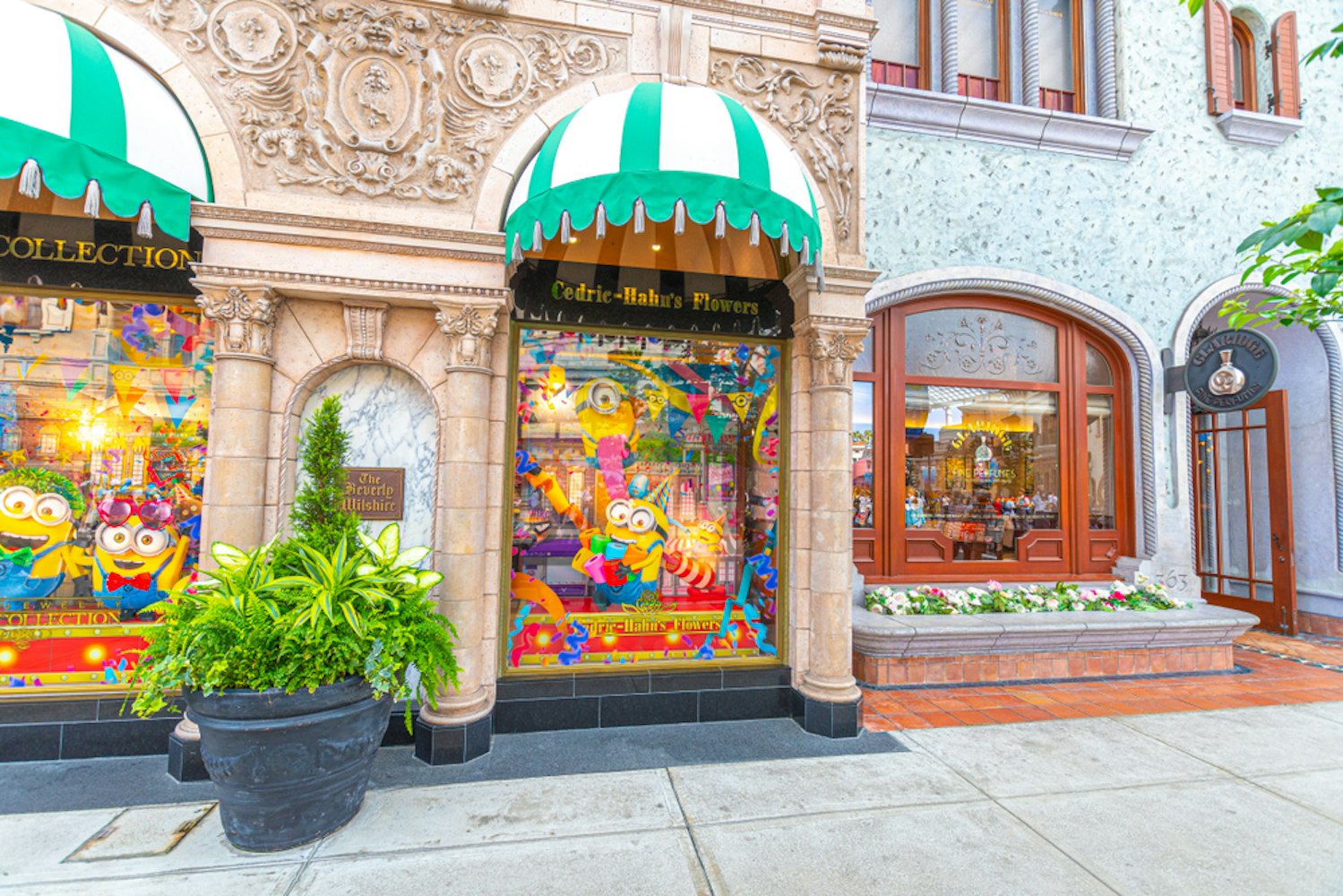
August is part of Osaka's peak season, with summer temperatures often hitting 35°C (95°F). High humidity and heat make sightseeing less comfortable, but indoor attractions remain busy.
If you visit Osaka this month, bring light clothes and stay hydrated. Late August marks the end of the summer festivities, and while crowds persist, there are still chances to experience cultural activities.
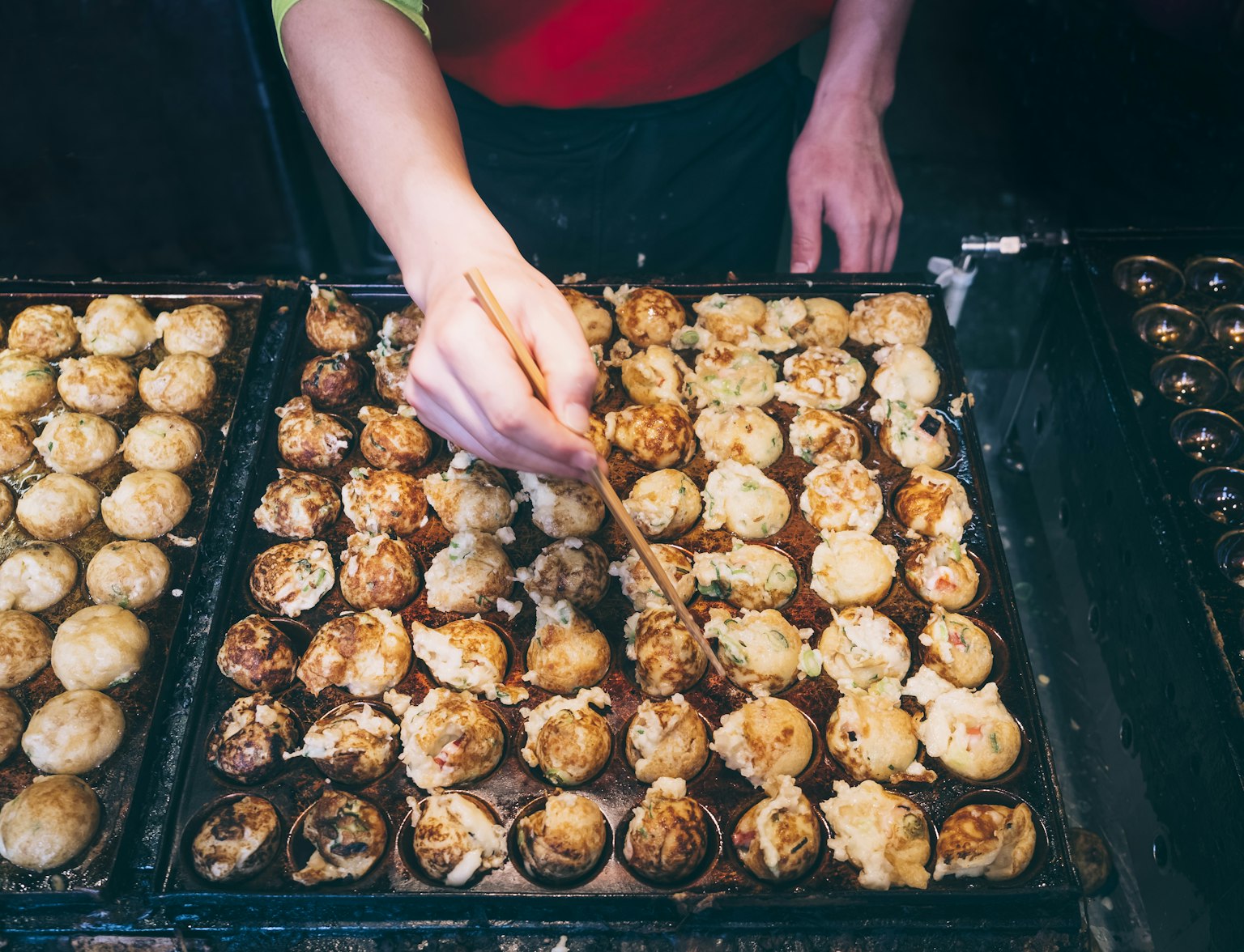
Explore Osaka's vibrant Shinsekai district on a 3-hour food tour.
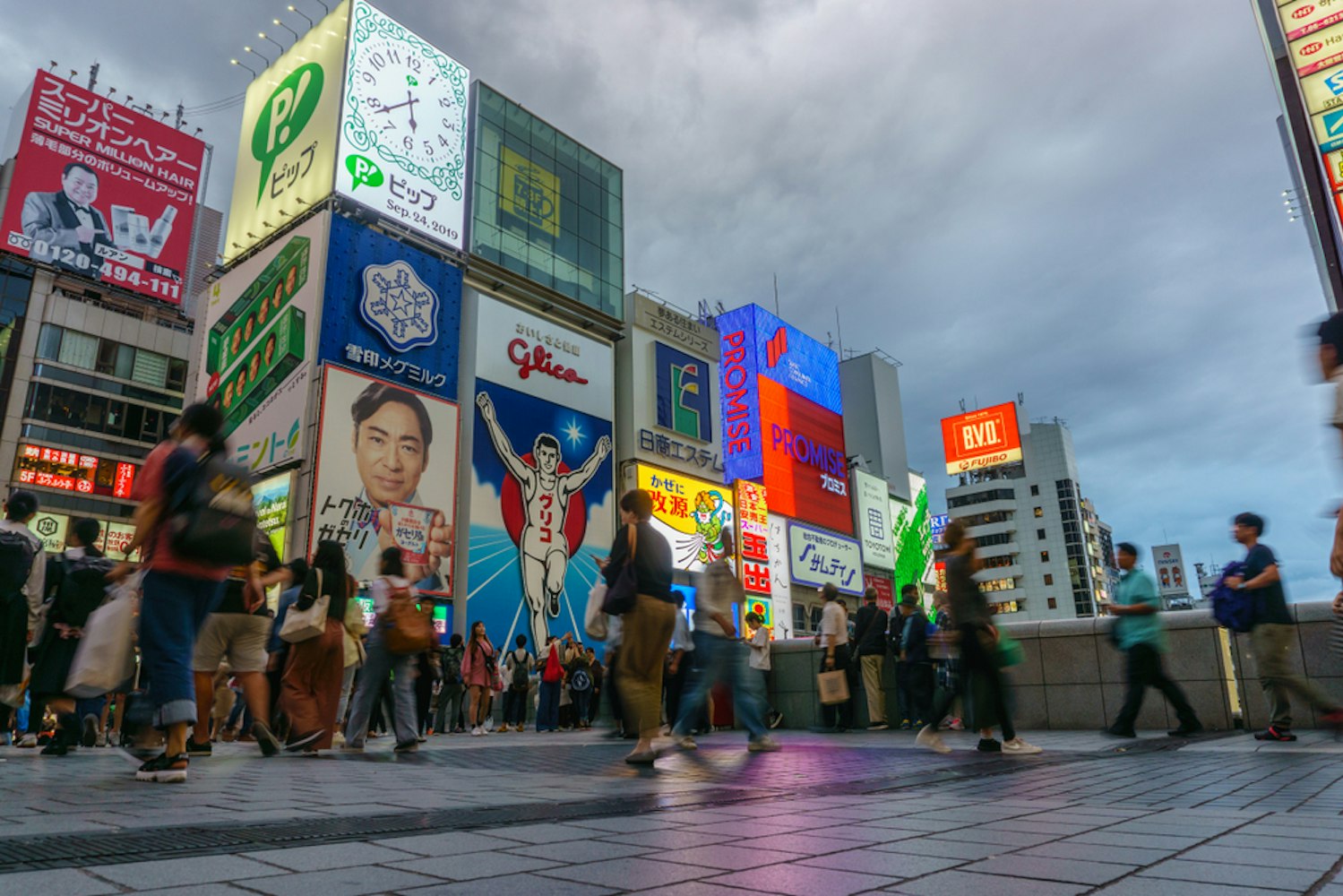
September is transitional between summer and autumn, but beware — it's also typhoon season in Japan. While Osaka is not always directly affected, the weather lingers in a state of flux, alternating between hot, humid days and cooler periods.
Still, the second half of September is ideal for those seeking to avoid the worst summer heat while enjoying the first signs of autumn.
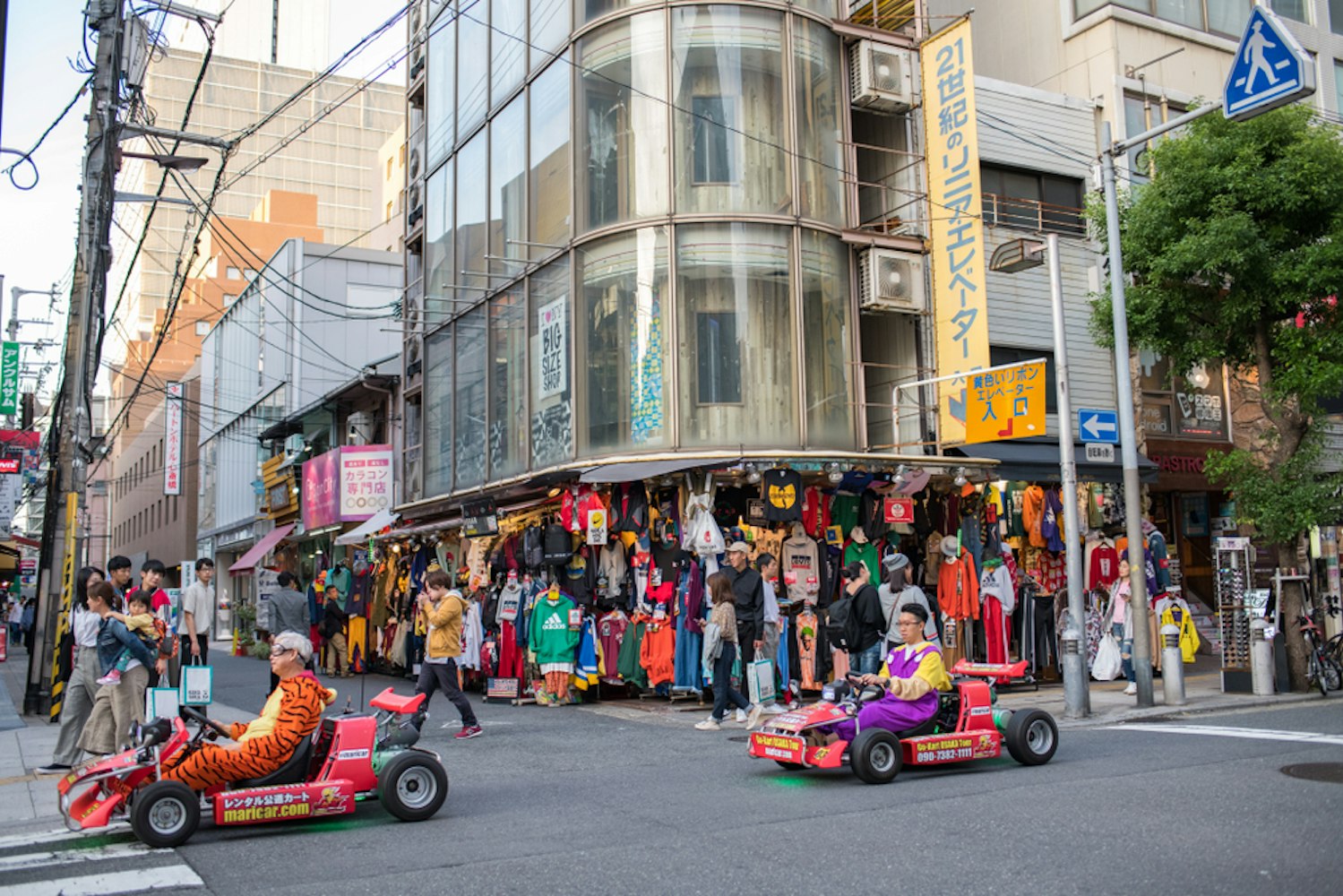
By early October, Osaka weather becomes much more comfortable, with temperatures averaging around 20°C (68°F). This month is ideal for outdoor activities as the autumn leaves start to make their appearance.
It's also the start of the fall season, marked by cooler nights, so pack a light jacket for evening strolls. October is a great time to explore Osaka's many sightseeing spots, such as the Sumiyoshi Taisha Shrine or the vibrant neighborhoods near Namba Station.
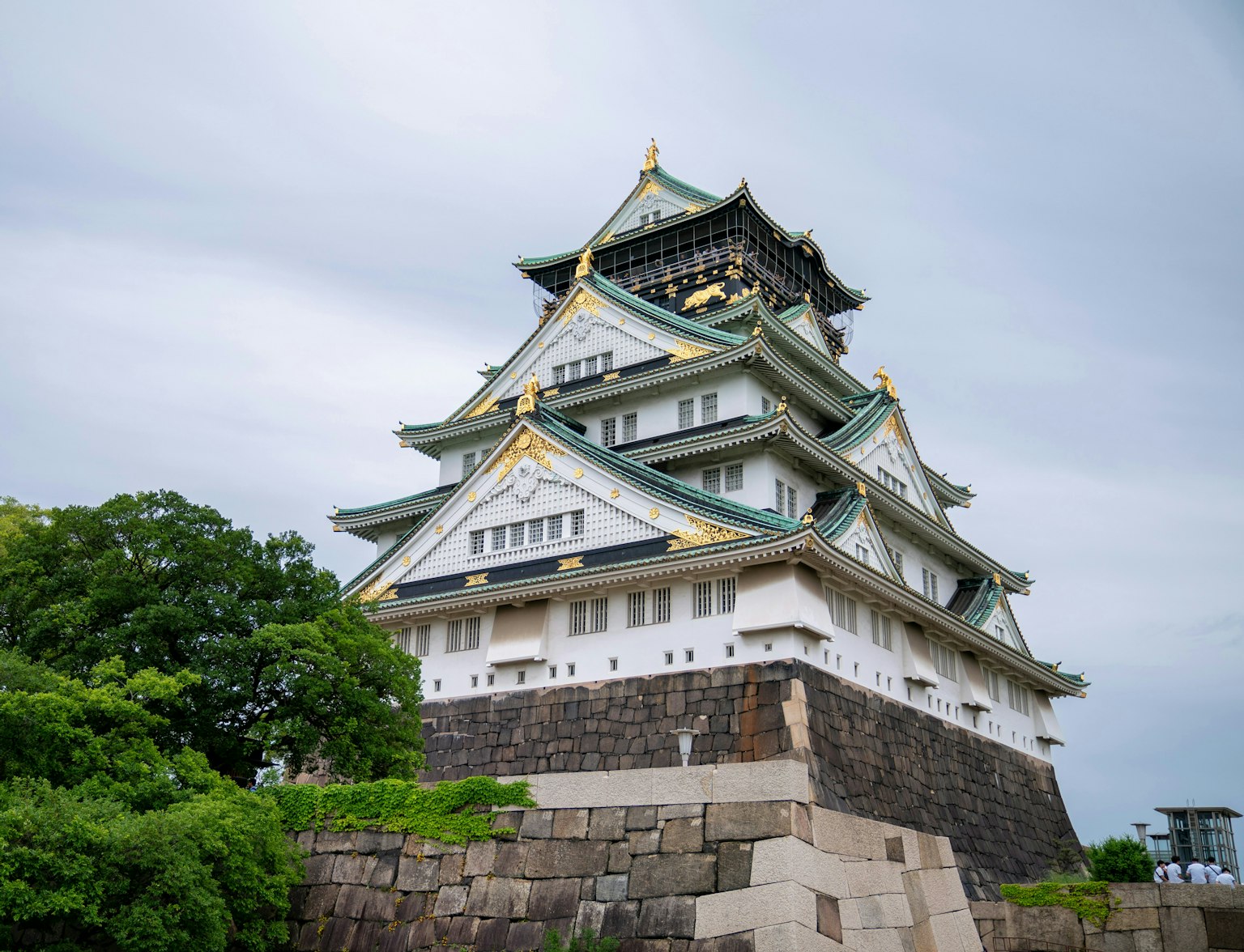
Discover the tranquility and beauty of Sumiyoshi Taisha, Osaka's most revered shrine.
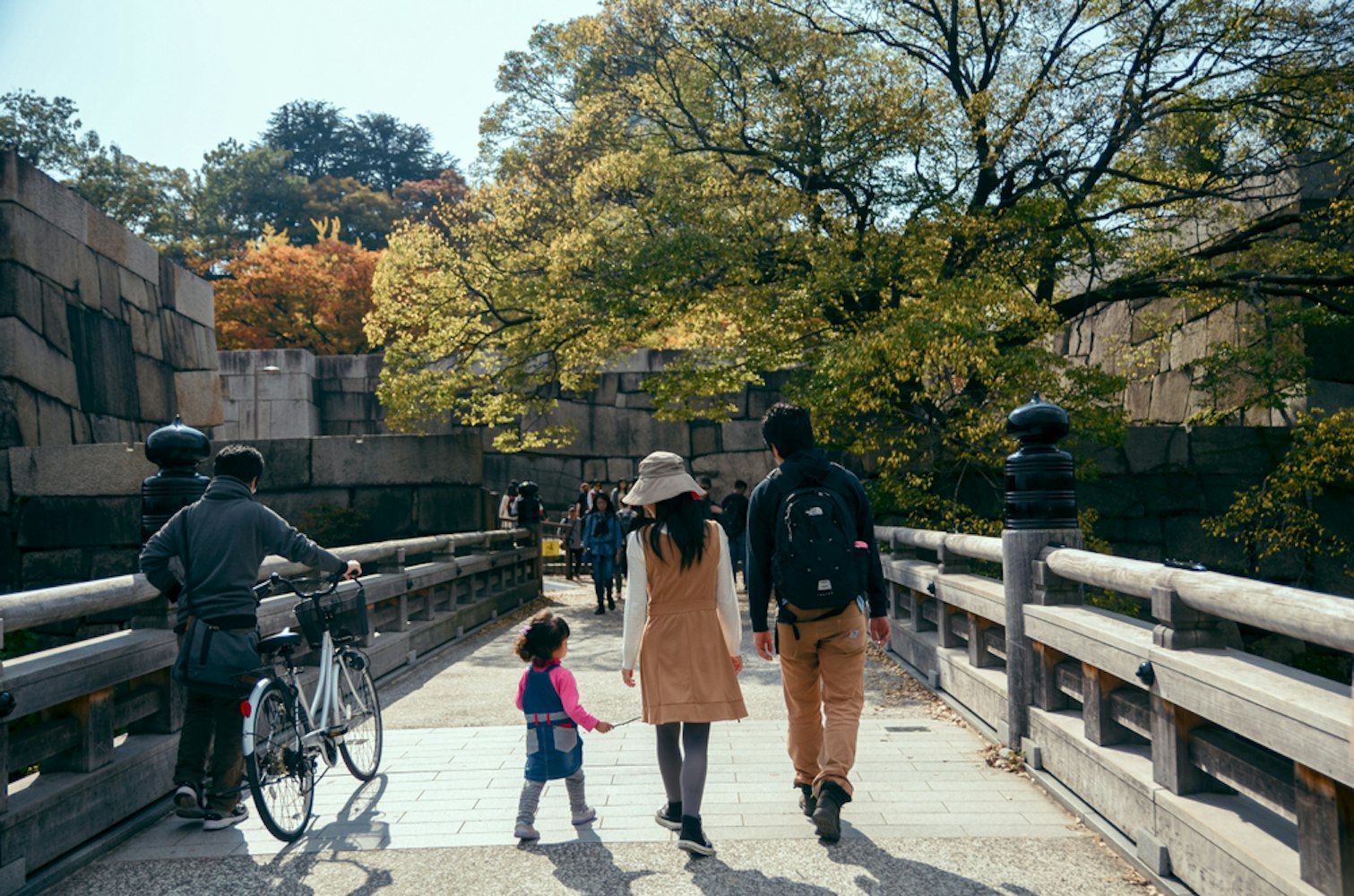
The autumn leaves are at their most vibrant in late November. With cooler weather and temperatures dropping to around 15°C (59°F), it's the perfect time for outdoor activities.
Parks such as Minoo Park or the grounds around Osaka Castle are popular for leaf viewing. It is another excellent time to visit, as it's part of the shoulder season, with fewer tourists than during the summer months.

Winter returns in December, but it's less harsh than January. With average temperatures between 5°C and 12°C (41°F to 54°F), early December can be chilly but manageable with the proper clothing.
As the city prepares for New Year's Eve, many areas illuminate. December is also an excellent time to visit indoor attractions like the Osaka Aquarium.
While it's the low season, the festive mood makes it an enjoyable time to spend in the city.
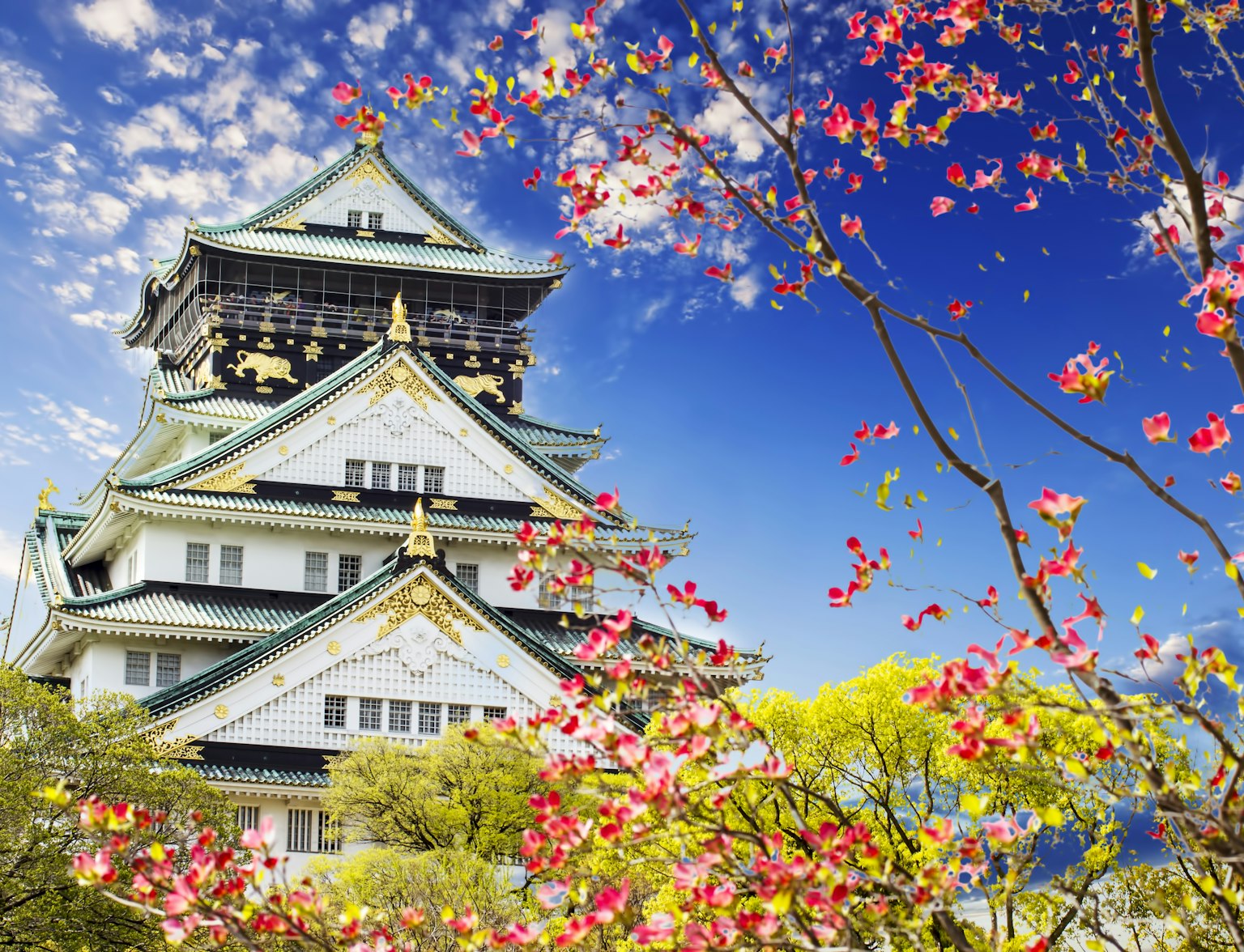
Unlock the best of Osaka with our exclusive one-day pass!
Autumn is one of the best times to visit Osaka, particularly from late October to late November. The city's average temperature during this period is comfortable, typically ranging from 15°C to 23°C (59°F to 73°F).
Clear, sunny skies dominate, ideal for outdoor activities such as visiting parks and temples or strolling through the city's vibrant districts. Autumn foliage is a highlight, with Osaka Castle and Minoo Park offering some of the best spots for admiring the colorful leaves.
Whether you're interested in cultural experiences or want to enjoy the pleasant weather, autumn is a fantastic season to visit Osaka.
Osaka is a city of ever-changing beauty, from the delicate cherry blossoms that adorn the parks in spring to the vibrant autumn leaves that paint the landscape in fall. Each month brings its unique charm, making the city a versatile destination for travelers with diverse interests.
By aligning your visit with the ideal weather conditions, seasonal activities, and critical cultural events, you can tailor your experience to be as lively or tranquil as you wish. Whether you're navigating the energetic summer festivals in July or savoring the serene, cool ambiance of January, Osaka promises a memorable experience throughout the year.
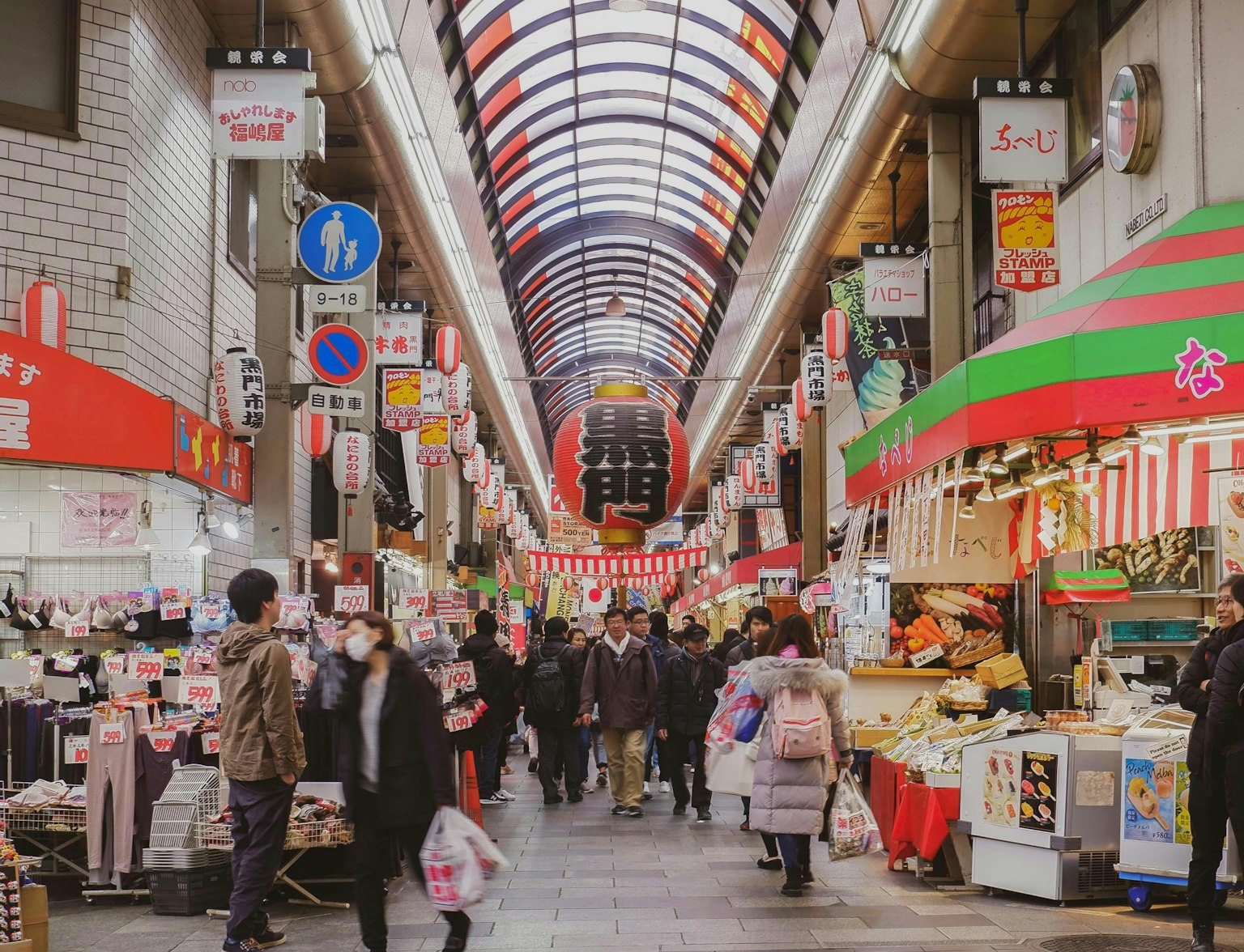
Embark on an unparalleled journey through the heart of Osaka.



